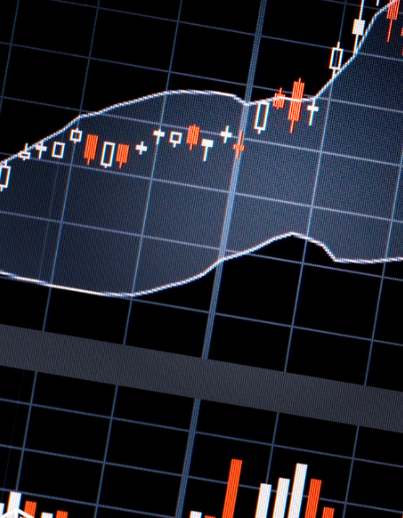An Introduction to CFD Trading: How Contracts for Differences Work

The financial world offers numerous ways to invest, and one of the increasingly popular choices is CFD (Contract for Difference) trading. Unlike traditional asset ownership, CFD trading allows individuals to speculate on the price movements of various financial assets without actually owning them. This method of trading offers flexibility, accessibility, and the potential for significant returns, but it also comes with its own set of risks.
What is CFD Trading?
CFD trading is a unique form of trading where individuals can speculate on the price movements of assets without owning the underlying asset. Instead of purchasing stocks, bonds, or commodities, you are entering into a contract to exchange the difference in price between the opening and closing of the trade. Essentially, CFD traders take advantage of price fluctuations to profit, all without physically owning the asset in question.
Is CFD Trading Right for You?
CFD trading can be appealing for certain types of investors:
- If you prefer to trade based on price movements rather than owning physical assets.
- If you’re looking to capitalize on short-term fluctuations in the market, making it suitable for day trading or other quick trades.
- If you want to diversify your portfolio by spreading investments across multiple securities instead of focusing on a few.
However, it’s important to understand that CFD trading involves leverage, which can both amplify potential returns and increase risks.
Key Elements of CFD Trading
There are three fundamental components that define CFD trading: leverage, margin, and hedging.
- Leverage: One of the main appeals of CFD trading is leverage. Leverage allows you to open larger positions without needing to commit the full amount of capital upfront. For example, if you want to trade 500 shares of Apple, with leverage, you might only need to deposit 5% of the total position value. While leverage expands your exposure, it also means that both profits and losses are magnified based on the full size of your position.
- Margin: Margin is the amount of money required to open and maintain a CFD position. There are two types of margin in CFD trading: the initial margin (deposit margin) required to open a position, and the maintenance margin (variation margin), which may be required if your trade moves into a loss that exceeds your available funds. Failure to meet the margin requirement could lead to a margin call, where you’re asked to deposit more funds, or your position might be closed automatically.
- Hedging: CFD trading also allows traders to hedge their existing positions. For instance, if you have shares in a company and anticipate a short-term drop in price, you can open a short CFD position to offset potential losses. The gains from the CFD position can balance out the losses from the physical asset, providing a protective strategy.
Costs Involved in CFD Trading
Trading CFDs may involve several fees, including commissions, swap charges, and the bid-ask spread. While some brokers may offer zero-commission accounts where the cost is included in the spread, others may charge separate fees, especially for stocks. The specifics of these costs depend on the asset class and the broker you choose.
Advantages of CFD Trading
- Leverage: CFDs offer high leverage, meaning that traders can control a larger position with a smaller initial investment. This can increase potential profits compared to traditional trading where your exposure is directly tied to your initial investment.
- Shorting Opportunities: CFDs allow traders to profit from both rising and falling markets. This is known as “short selling,” where you sell an asset at a higher price with the expectation that the price will fall, allowing you to repurchase it at a lower price. Unlike some markets, where borrowing the asset is required for shorting, CFDs allow short selling without this extra step.
- No Expiration Date: Unlike other financial instruments, such as futures contracts, CFDs do not have a fixed expiration date. This flexibility allows traders to hold positions for as long as they want, without the concern of an asset’s value depreciating due to an approaching expiry.
Disadvantages of CFD Trading
- Lack of Ownership: One of the main drawbacks of CFD trading is that you don’t own the underlying asset. For example, if you’re trading CFDs on stocks, you don’t get dividends or other ownership benefits that come with owning actual shares.
- Increased Risk: CFDs are inherently riskier than traditional investments due to the use of leverage. For example, a small market move in the opposite direction of your trade can result in significant losses. The amplified potential for profit comes with an equally amplified potential for loss. Therefore, risk management is crucial when trading CFDs.
Conclusion
CFD trading offers a unique opportunity for those looking to trade in a dynamic market. The ability to speculate on both rising and falling prices, combined with leverage and flexibility, makes it an attractive option for many traders. However, it’s important to understand the risks involved, particularly the magnification of both profits and losses due to leverage. By using proper risk management strategies, CFD trading can be a profitable endeavor for those with the knowledge and discipline to navigate its complexities.




